Hudson Aircraft - The Lockheed Hudson is a light bomber and coastal reconnaissance aircraft manufactured by the American Lockheed Aircraft Corporation. It was first put into service by the Royal Air Force shortly before the outbreak of the Second World War and was used extensively thereafter. The Hudson Model 14 was the military version of the Super Electra aircraft, and was Lockheed's first significant aircraft manufacturing contract - the RAF's first order for 200 Hudsons exceeded any previous order received by the company.
Hudson served throughout the war, mainly in Coastal Command but also in transport and training roles, as well as delivering Agts to occupied France. It is also used extensively by the Royal Canadian Air Force's anti-submarine squadron and the Royal Australian Air Force.
Hudson Aircraft
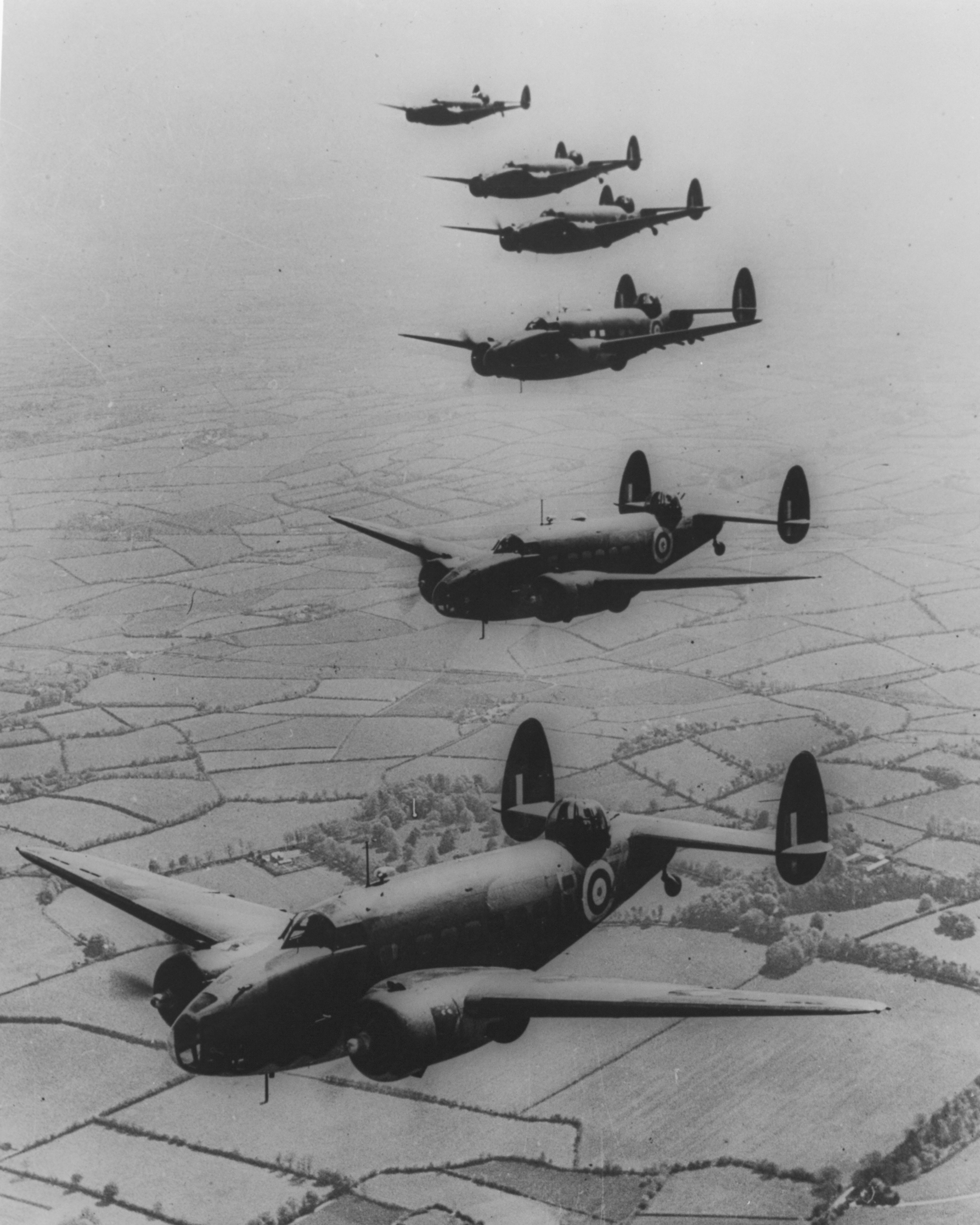
In late 1937 Lockheed published a schematic of the Model 14 in various publications, showing the new aircraft as an airplane and converted to a light bomber.
Lockheed Hudson And Electra
This attracted the interest of various air forces and in 1938, the British Procurement Commission wanted an American maritime patrol aircraft in the United Kingdom to support the Avro Anson.
The commission ordered 200 aircraft for use by the Royal Air Force and the first aircraft began flight testing on 10 December 1938 from Burbank, California.
Production was accelerated after Britain indicated that they would order another 50 aircraft if the original 200 could be delivered before 1939.
Lockheed has outsourced a parts contract to San Diego's Rohr Aircraft assembly and expanded its workforce, allowing the company to produce the 250th aircraft a week and a half ahead of schedule.
Lockheed Hudson Hi Res Stock Photography And Images
A total of 350 Mk I and 20 Mk II Hudsons were delivered (the Mk II had different propellers). They had two fixed Browning guns in the nose and two Bolton Pauls in the dorsal turret. The Hudson Mk III added another vtral and two machine guns and replaced the 1, 100 hp Wright R-1820 Cyclone 9-cylinder radials with 1, 200 hp versions (428 produced).
The Hudson Mk V (309 produced) and Mk VI (450 produced) were powered by a 1,200 hp Pratt & Whitney R-1830 Twin Wasp 14-cylinder roof-row two-radial. The RAF also acquired 380 Mk IIIA and 30 Mk IV Hudsons under the Ld-Lease programme.
In February 1939, the RAF began taking delivery of Hudsons, in early May 1939, No. 224 Squadron RAF was equipped at RAF Leuchars in Scotland. When the war began in September, there were 78 Hudsons.
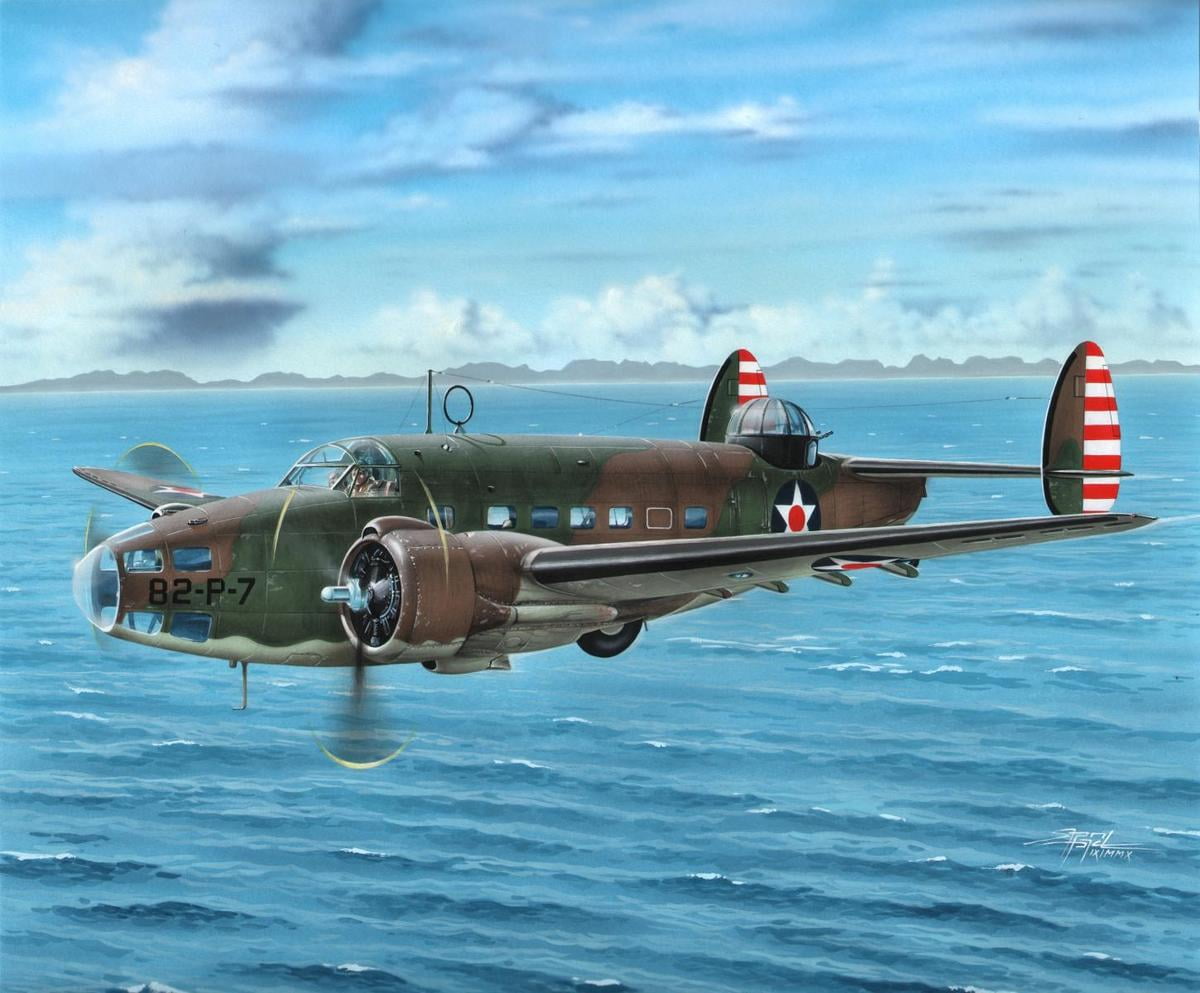
Due to the neutrality of the United States at the time, the first batch of planes flew to the Canada-US border, landed, and were towed into Canada by horse-drawn or tractor teams, before flying to the Royal Canadian Mounted. Royal Air Force (RCAF) aircraft there were transported and "shipped" to Liverpool for shipment as deck cargo. The Hudsons were supplied without the Bolton Paul dorsal turret, which had been fitted on arrival in the United Kingdom.
Lockheed Hudson Twin Engine Light Bomber And Coastal Reconnaissance Aircraft Flying In Formation With Commonwealth Aircraft Corporation Boomerang Figh Stock Photo
Although later overtaken by heavy bombers, Hudson achieved significant success in the first half of the war. On 8 October 1939, over Jutland, Hudson became the first Allied aircraft operating from the British Isles to shoot down an Amy aircraft.
(Previous victories were at the Battle of Ferre over Ach on 20 September 1939 and over an aircraft carrier based in France by Blackburn Squash of the Fleet Air Arm on 26 September 1939). Hudson provided superior cover during the Battle of Dunkirk. On 23 July 1941 Hudson shot down a Folk-Wolf Condor, while escorting a transport convoy from Ireland.
On 27 August 1941, Hudsons of No. 269 Squadron RAF, operating from Kaldadarnes, Iceland, attacked and damaged the German submarine U-570, causing the submarine's crew to surrender the white flag - the aircraft achieves strange to hold. A naval vessel. The Germans were prisoners of war and the submarine was kept under tow after Royal Navy ships arrived on the scene.
PBO-1 Hudson of United States Naval Squadron VP-82 became the first American aircraft to destroy a German submarine,
Cafd48002 1:48 Classic Airframes Decals
There sank U-656 southwest of Newfoundland on 1 March 1942. U-701 was destroyed on 7 July 1942 by a Hudson of the 396th Bombardmt Squadron (Medium), United States Army Air Force (USAAF) while flying over Cape Hatteras. ). Hudsons of 113 Squadron RCAF On 31 July 1942 Hudson 625 became the first aircraft of the RCAF's Eastern Air Command to sink U-754.
The Royal Australian Air Force (RAAF) Hudson was involved in the Canberra air disaster in 1940, in which three Australian ministers were killed.
In 1941, the USAAF began using the Hudson; The Twin Wasp-powered variant was designated the A-28 (82 received) and the Cyclone-powered version the A-29 (418 received). The US Navy used 20 A-29s, the PBO-1 redesign. Another 300 were built as aircrew trainers, designated the AT-18.
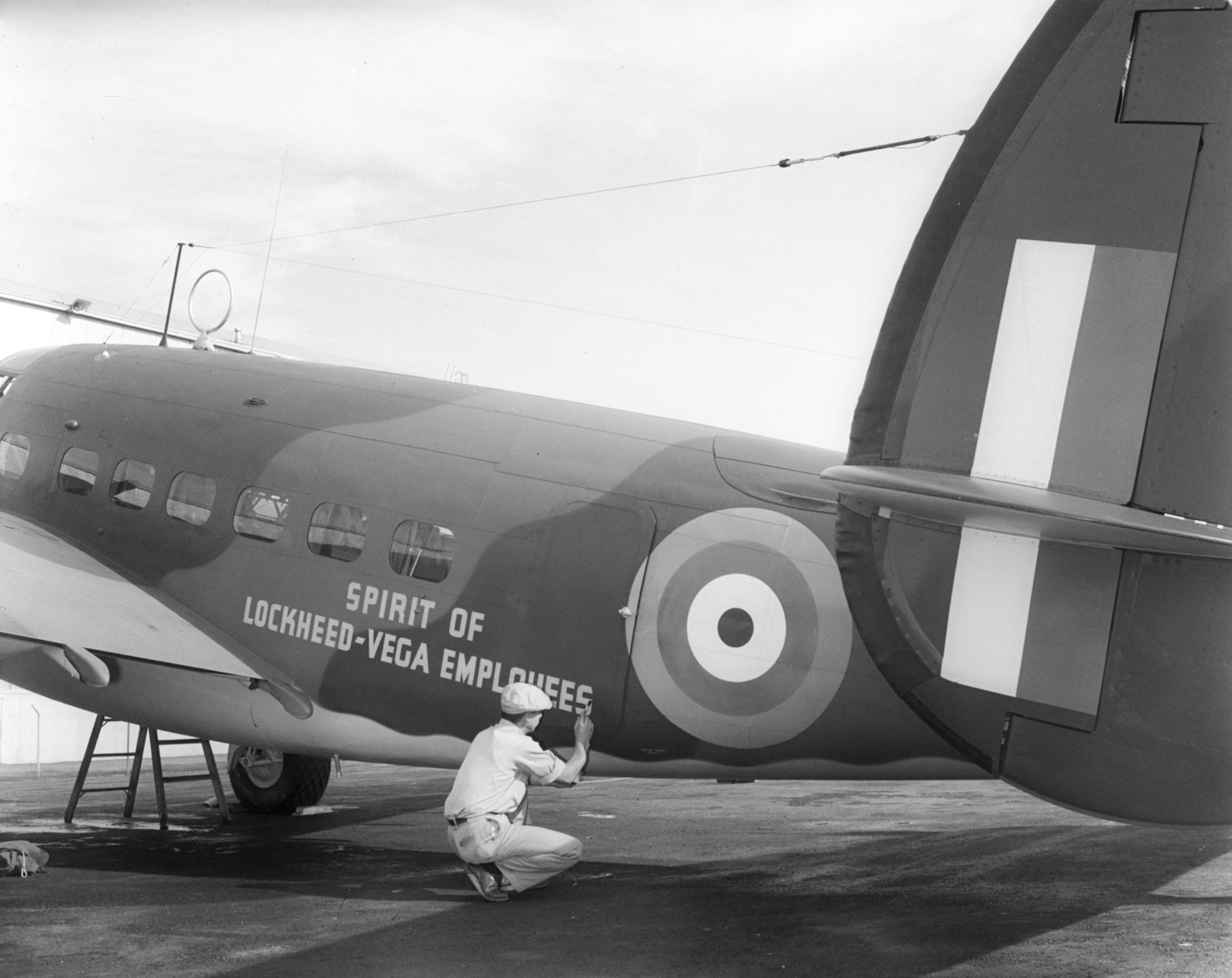
After the Japanese invasion of Malaya, Hudson was the first Allied aircraft from No. at Pearl Harbor.
Snp Lockheed Hudson Bundle 1 Paper Model
Its opponents found the Hudson to have the unique maneuverability of a twin-engine aircraft; It was remarkable that complementary pathways could be found if any gene was shortened.
Hudsons were also operated by RAF Special Duty Squadrons on covert operations; No. 161 Squadron in Europe and No. 357 Squadron in Burma.
After the war, a number of Hudsons were sold by the military as airplanes and reconnaissance aircraft for civilian operations. In Australia, East-West Airlines of Tamworth, New South Wales (NSW) operated four Hudsons between 1950 and 1955 on scheduled services from Tamworth to several cities in NSW and Queensland.
Adastra Aerial Survey, based at Sydney's Muscat Airport, operated sev L-414s for aerial taxi, survey and photography flights between 1950 and 1972.
Wwii Plane Removed From Hudson River After Crash
This type formed the basis for the development of the Lockheed Vtura which led to their withdrawal from front line service from 1944, although many survived the war to be used as civilian transport, particularly in Australia and one example was briefly used as an aircrew trainer. New Zealand.
Production aircraft in the Royal Air Force (RAF); 351 were built with 50 for the Royal Australian Air Force (RAAF).
Like the Mk I but with a spinnerless constant speed transmission; 20 were built for the RAF and 50 for the RAAF.
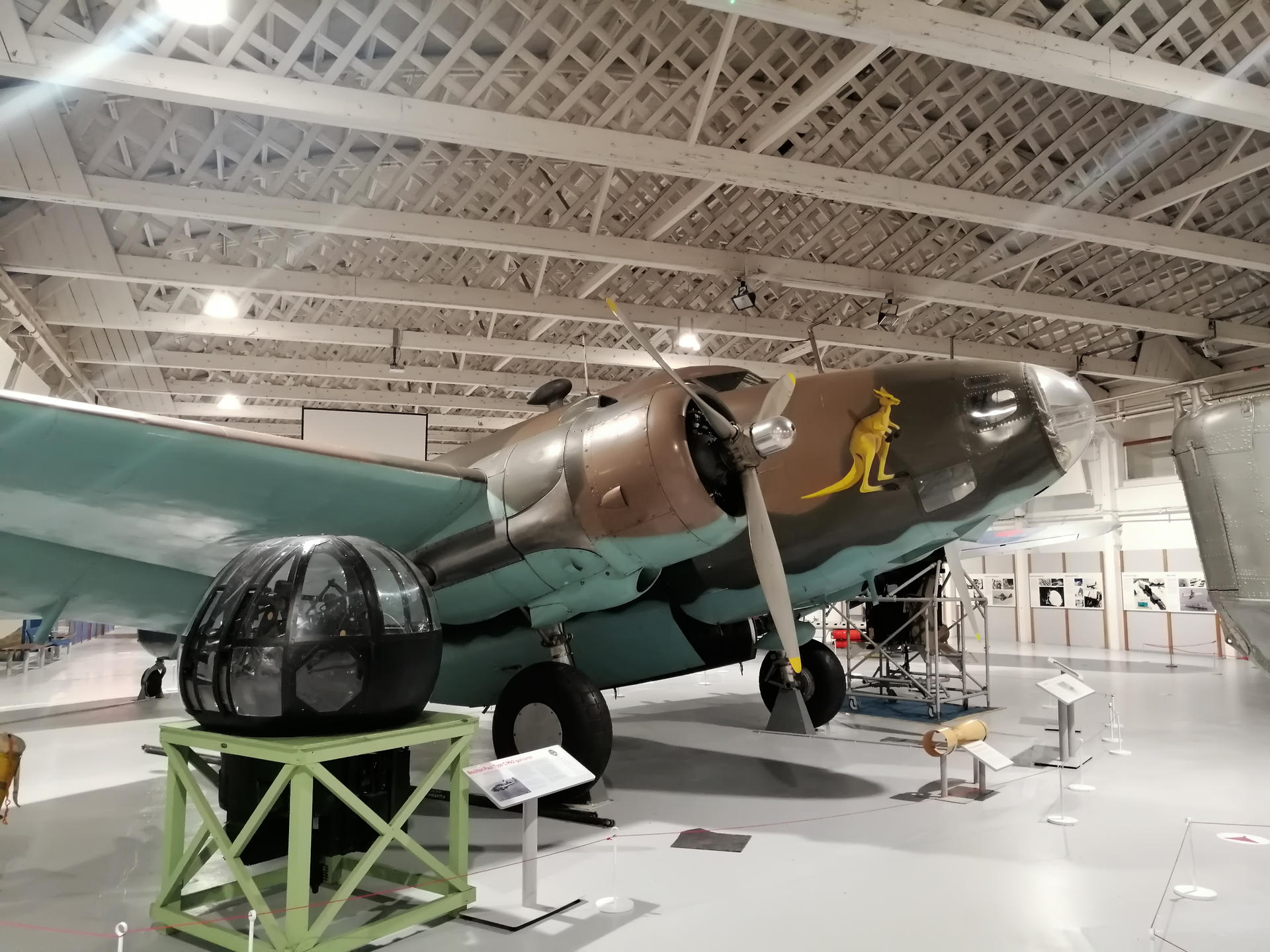
Mk II and Vtral gun removed; 30 were built and RAAF Mk I and IIs were converted to this standard.
Lockheed Hudson Mk.iii
The US military aircraft is powered by two 1,050 hp (780 kW) Pratt & Whitney R-1830-45 engines; 52 ld-leased in Australia as Hudson IVA.
The US military position was powered by two 1,200 hp (890 kW) Pratt & Whitney R-1830-67 engines, internally converted to troop transport; 450 ld-leased to RAF/RCAF/RNZAF as Hudson VI; 27 units were transferred to the Brazilian Air Force.
The US military aircraft is powered by two 1,200 hp (890 kW) Wright R-1820-87 engines; ld lease version turned over to the United States Army Air Force (USAAF) RAF, 153 as RA-29 and 20 to the United States Navy (USN) as PBO-1.
Like the A-29 but with a modified military transport interior; 384 ld-leased to RAF/RAAF/RCAF/RNZAF Chinese Air Force as Hudson IIIA, others to USAAF as RA-29A.
Lockheed Hudson Iiia By Jet737 On Deviantart
The Hudson bomber was converted for passenger use after World War II and operated by East-West Airlines; It has been restored as a Hudson Mk III and is in the Temora Aviation Museum. In April 1938, news of Hitler's recent capture of Austria sent shockwaves through Europe, a delegation of the British Air Commission led by Sir Henry Self arrived in New York. important mission. European aircraft manufacturers were operating at almost capacity. Self's team is urgently needed to explore a manufacturing facility in the United States and find new ideas for new aircraft.
The small Lockheed Aircraft Corporation does better than it gives the impression; Commission members are anticipating what designer Kelly Johnson calls "a dynamic transportation bomb."
By modifying Lockheed's Super Electra with a bomber and three machine guns, Johnson delivered what will go down in history as the Hudson, the first American aircraft designed to destroy enemy aircraft during World War II.
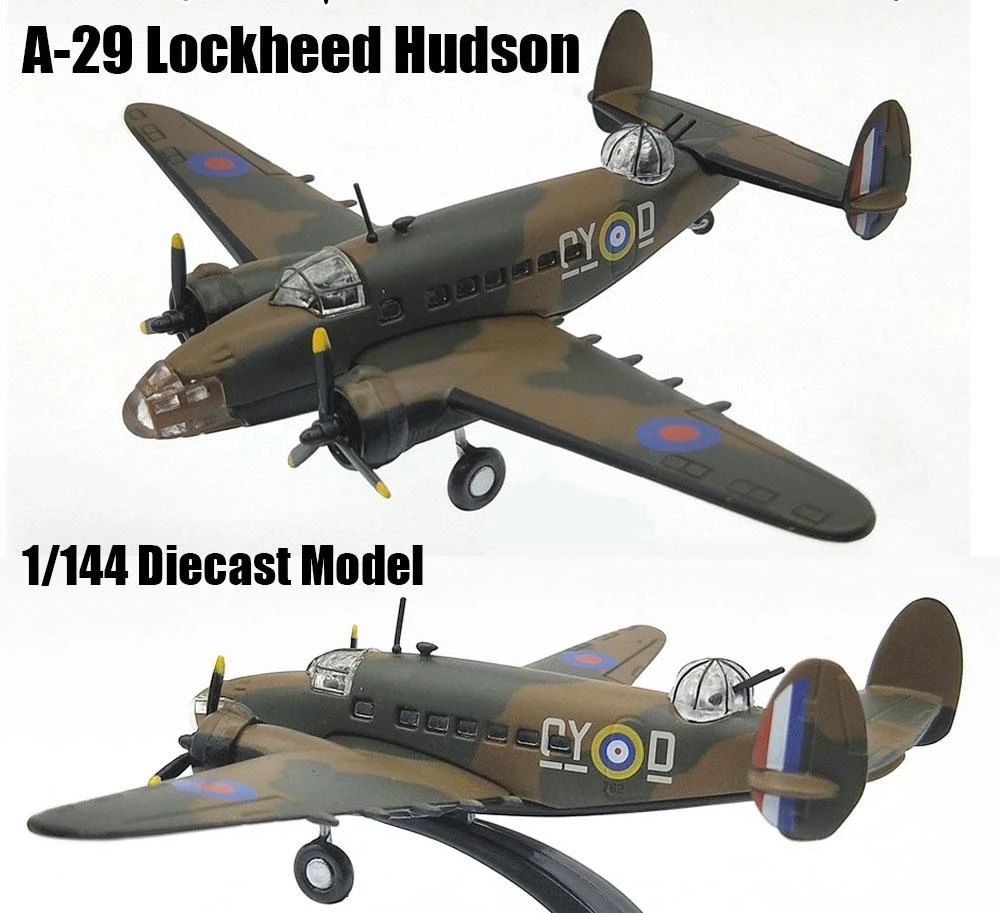
Lockheed, at that time inexperienced in the manufacture of military aircraft, was committed to gaining the trust and credibility of the Royal Air Force (RAF).
Classic Airframes 48 001 1/48 Scale Lockheed Hudson Model
After the British gave suggestions on how to improve the model, Lockheed worked day and night, actually combining all the proposed changes, giving a new model of plywood, complete in every detail in the choice of options. Nose design. Within days, Lockheed provided the British with the aircraft they wanted.
Sir Arthur Harris, who would lead the RAF's Bomber Command, wrote, "I was convinced that anyone who could produce a fake within twenty-four hours would fulfill all their promises - and certainly this Lockheed did."
The following agreement, signed on June 23, 1938,
Aircraft ownership, hudson river aircraft carrier, aircraft management, aircraft insurance, aircraft carrier hudson river new york, aircraft oil, aircraft schools, aircraft, aircraft mechanic, lockheed hudson aircraft, aircraft maintenance, aircraft cable
0 Comments